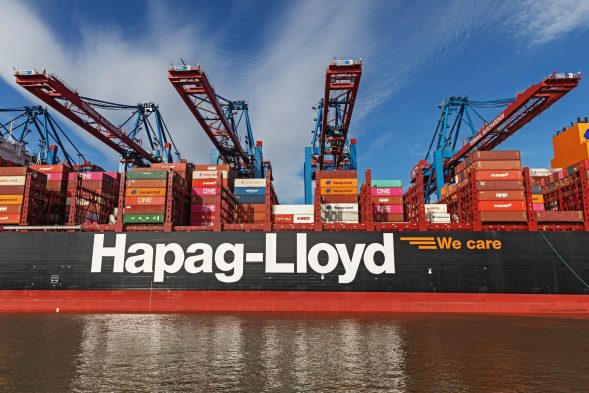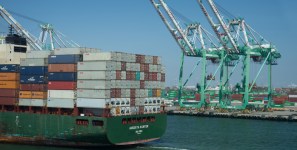Hapag-Lloyd and Maersk Boost Earnings Forecasts as Red Sea Disruptions Reshape Global Shipping
Hapag-Lloyd has followed future alliance partner Maersk in upgrading its 2024 earnings outlook, citing higher-than-expected demand and rising freight rates despite operational challenges.
Read also: Maersk Predicts Prolonged Trade Disruptions into 2024 Amid Red Sea Conflict
The German shipping giant announced preliminary results for the first nine months of 2024, reporting a Group EBITDA of approximately $3.6 billion (EUR 3.3 billion) and Group EBIT of around $1.9 billion (EUR 1.8 billion).
“Given the current course of business, characterized by stronger-than-expected demand and improved freight rates, and despite higher costs from diverting vessels around the Cape of Good Hope, we are revising our earnings outlook upward for 2024,” the company said in a statement.
Upgraded Financial Guidance
Hapag-Lloyd now forecasts its full-year Group EBITDA to be between $4.6 billion and $5.0 billion, up from the prior estimate of $3.5 billion to $4.6 billion. Group EBIT is expected to increase to $2.4 billion-$2.8 billion, compared to the earlier projection of $1.3 billion-$2.4 billion.
Despite the strong performance, Hapag-Lloyd cautioned that geopolitical risks and freight market volatility could still impact its outlook. Final results for the first nine months of the year will be released on November 14, 2024.
Maersk’s Parallel Earnings Upgrade
Hapag-Lloyd’s earnings upgrade mirrors a similar move by Maersk, which recently raised its 2024 financial forecast for the fourth time. Maersk reported Q3 revenues of $15.8 billion, with an underlying EBITDA of $4.8 billion, citing a combination of strong demand and disruptions in the Red Sea.
As a result, Maersk’s full-year forecast now projects an underlying EBITDA of $11.0 billion-$11.5 billion, a dramatic rise from its earlier guidance of $1 billion-$6 billion issued in February.
Shipping Industry Adjusts to Red Sea Instability
The ongoing Red Sea crisis, marked by Houthi-led disruptions along vital shipping lanes, has forced both Hapag-Lloyd and Maersk to modify operational strategies. To ensure vessel safety, the two carriers have diverted ships via the longer Cape of Good Hope route, bypassing the unstable Suez Canal. While the diversion increases transit times and costs, it provides greater security for crews and cargo.
The Gemini Cooperation between Maersk and Hapag-Lloyd, set to launch in February 2025, will leverage a hub-and-spoke strategy across seven trade lanes. The goal is to achieve a 90% service reliability rate, far surpassing the industry average of 53%.
Navigating Market Uncertainty
As geopolitical tensions escalate, shipping companies are increasingly forced to reroute vessels and adjust strategies, reshaping established trade routes. Although these disruptions add to transit times and costs, the resulting surge in freight rates is bolstering carriers’ profits.
The evolving landscape underscores the need for flexibility in global shipping operations, as carriers like Hapag-Lloyd and Maersk adapt to ensure profitability in the face of uncertainty.





Leave a Reply